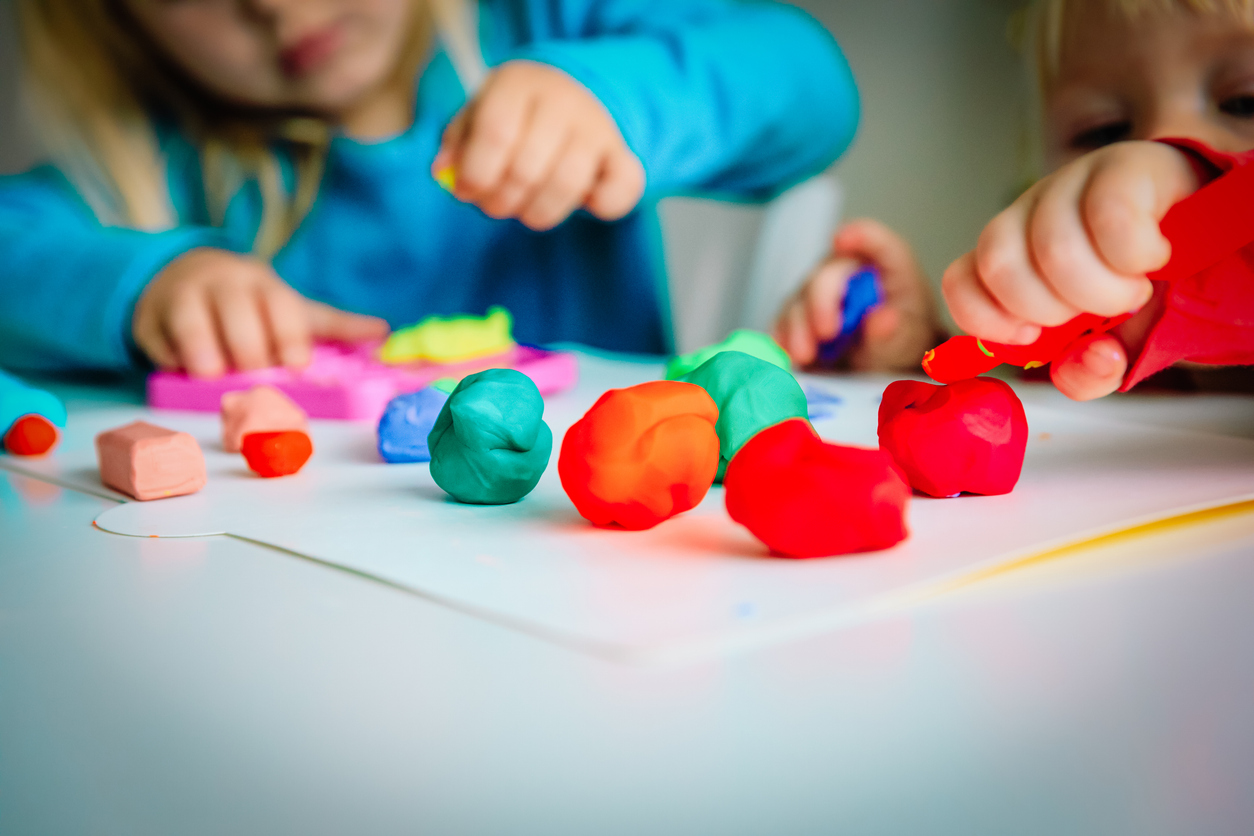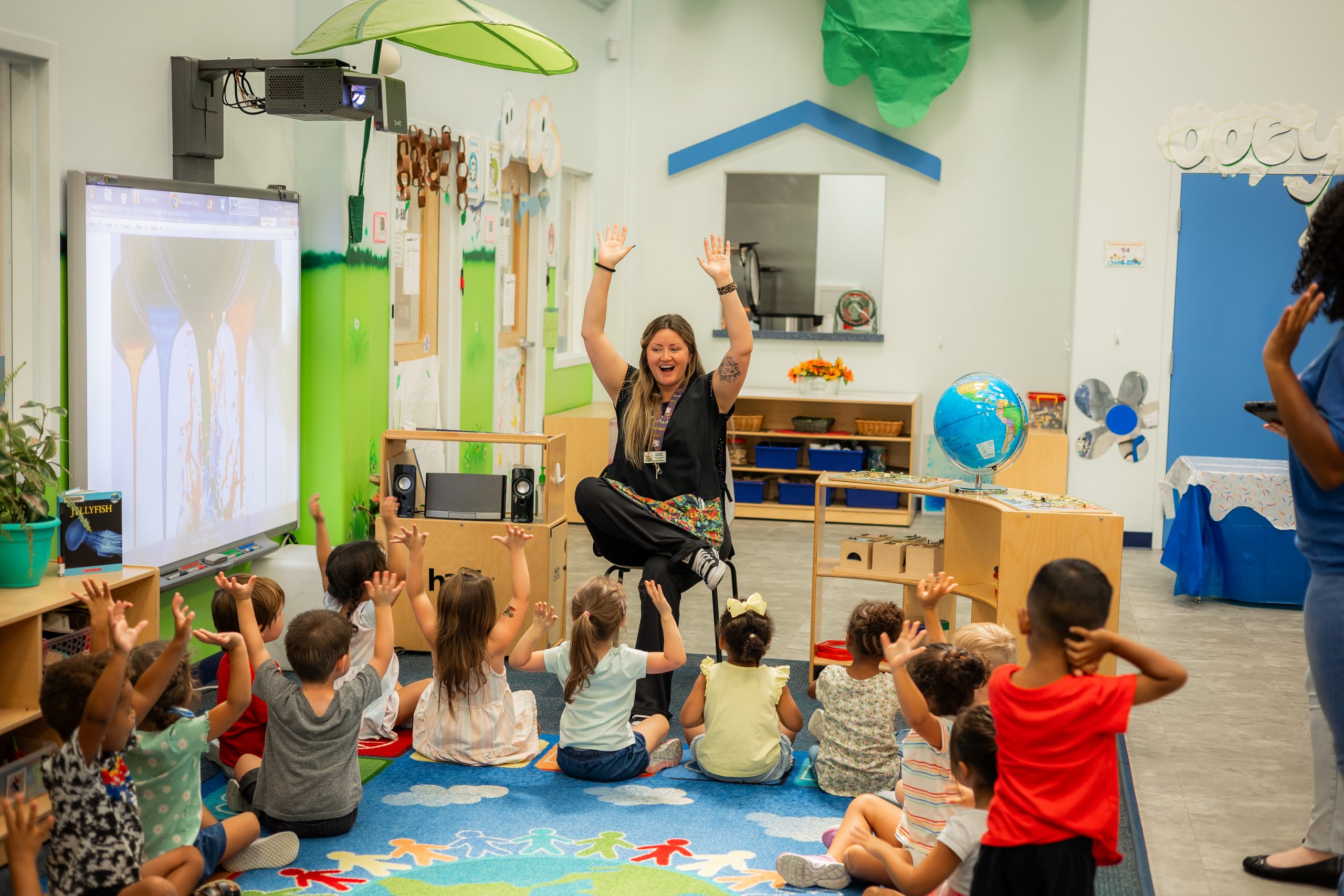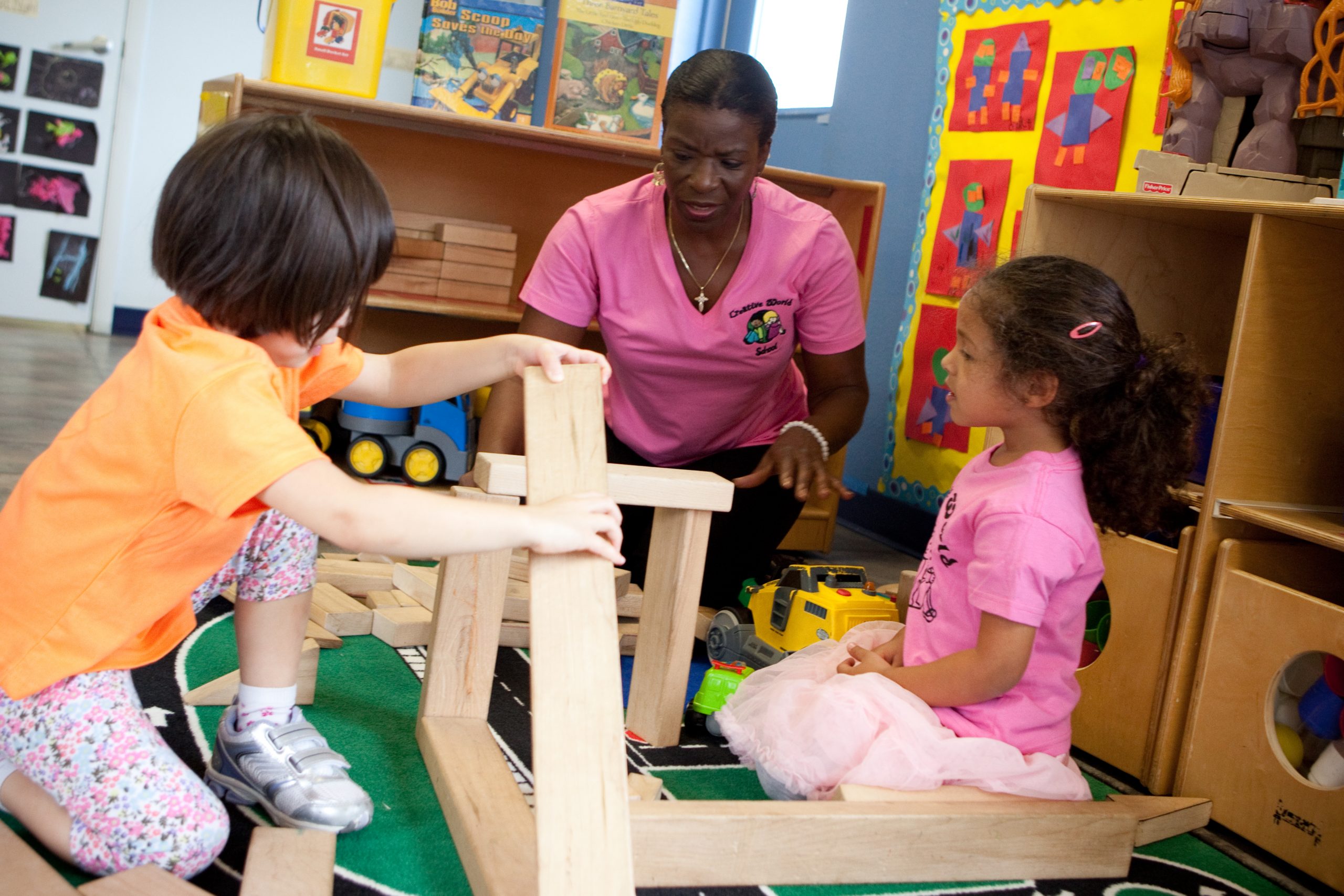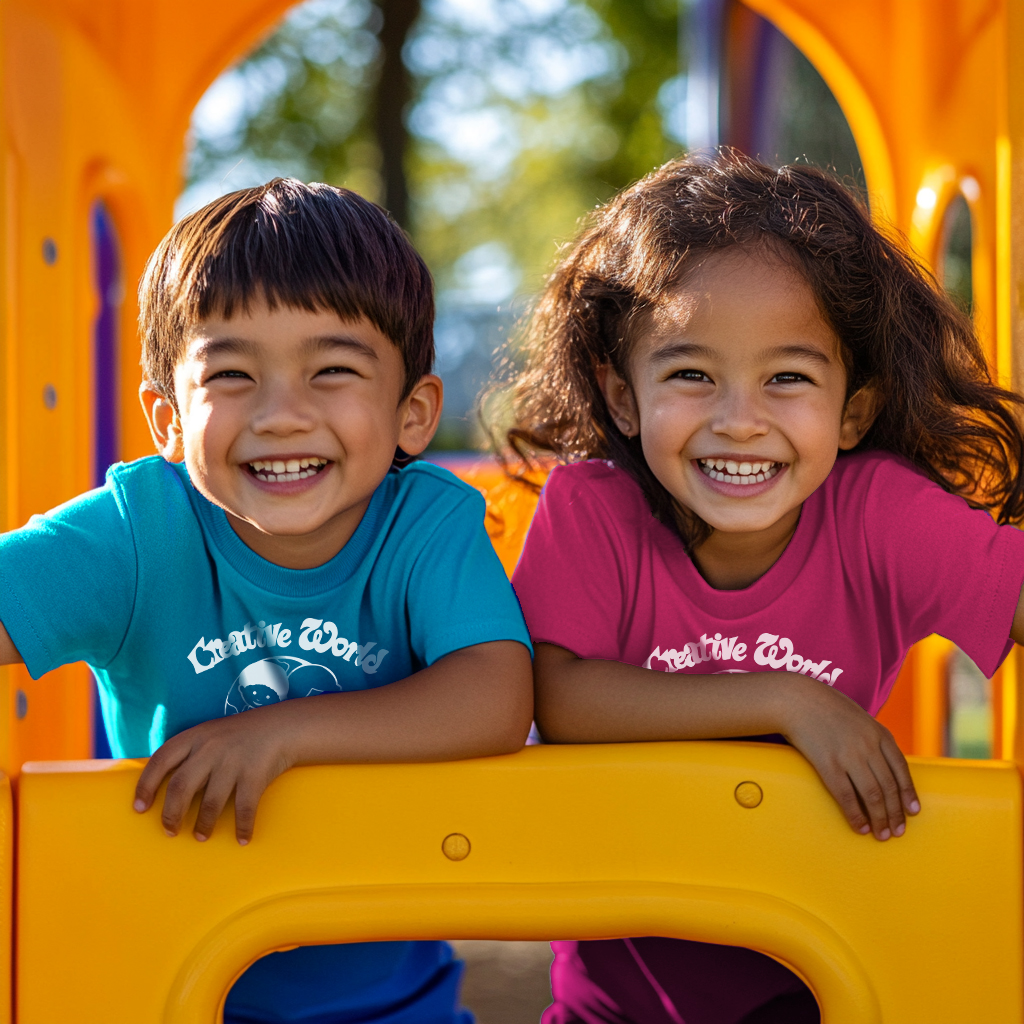
When to Start Preschool: Age Guidelines for Little Learners
Creative world school Apr 8, 2025Deciding when to start preschool is one of the first big parenting puzzles. Between Google searches, well-meaning advice from friends, and the pressure to “get it right,” it’s easy to feel overwhelmed. Is 3 the magic age? Should you wait until 4 if your child clings to your leg at drop-off? What if they’re almost potty-trained but not quite there? This blog isn’t about rigid rules or comparing your child to others—it’s about finding the sweet spot where age guidelines, developmental readiness, and your family’s rhythm align. Whether your toddler is a social butterfly or a slow-to-warm observer, we’ll unpack the clues, myths, and expert-backed strategies to help you choose the right time, not just the common time.
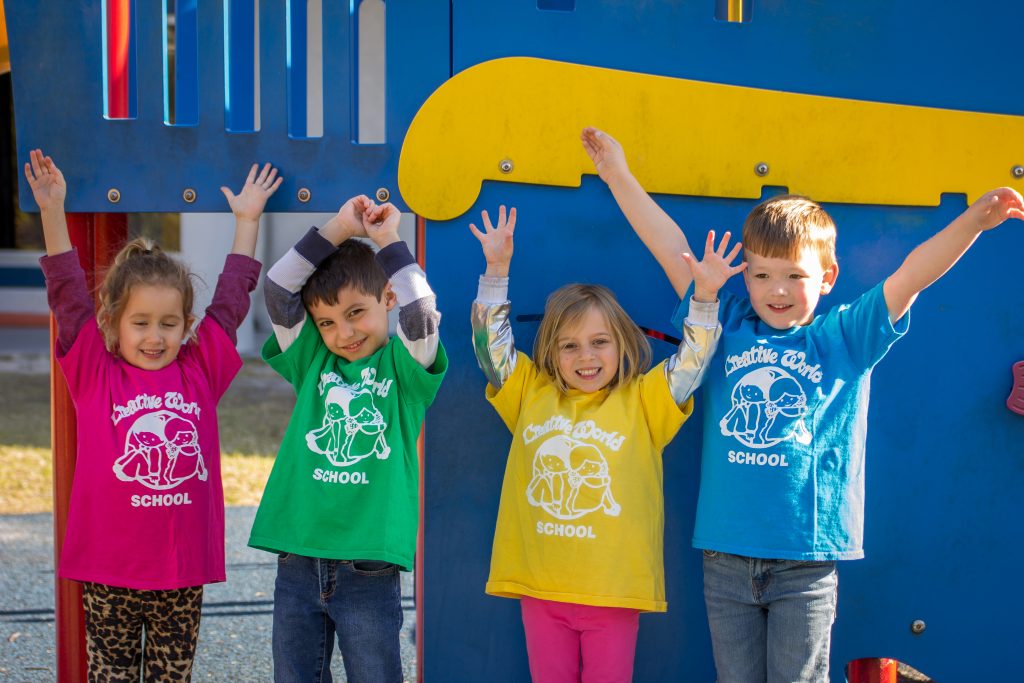
“Is My Child Ready?”—Decoding the Preschool Age Dilemma
Choosing the right time to start preschool can feel like standing at a crossroads. On one path, there’s the calendar: most programs welcome kids between 3 and 5. On the other path, your child’s unique rhythm—their social curiosity, ability to separate from you, or even their fascination with lining up toy cars as “school buses.” While age matters, readiness is the compass that truly guides this decision. Some 3-year-olds march into classrooms with gusto, while others need another year of backyard playdates to build confidence. The magic lies in tuning into your child’s cues, not just the date on the birth certificate.
Preschool Age Guidelines: What the Calendar Says (And What It Misses)
Most preschools in the U.S. set a minimum age of 3 years old, often requiring potty training and basic self-help skills like washing hands. But these benchmarks only tell part of the story. In countries like Sweden and Japan, formal preschool often starts later, with a stronger emphasis on free play first. The National Association for the Education of Young Children (NAEYC) reminds parents that developmental readiness—like managing emotions during drop-off or following simple instructions—is far more telling than age alone. If your 3-year-old clings to your leg at the classroom door but thrives in a small playgroup, a half-day program or “slow start” option might bridge the gap.
Imagine your toddler at a birthday party: Do they watch other kids intently, then join in the chaos? Can they cope when the cupcake tower crashes? These moments reveal preschool readiness. Look for signs like curiosity about peers (“Can I play too?”), frustration that fades quickly after a meltdown, or the ability to communicate needs without tears (“I need my water bottle”). Practical skills matter too—putting on shoes, nibbling snacks independently, or gripping a crayon. But don’t panic if zippers still baffle them; teachers expect to help.
When Waiting Might Be the Wisest Choice
Hesitation is normal—and sometimes smart. If your child melts down at every transition (think: park to car seat, playtime to bath time), or uses fewer than 200 words by age 3, they might need more time before thriving in a classroom. Separation anxiety that lasts weeks, not days, is another clue to pause. The good news? Waiting doesn’t mean falling behind. Enrichment can happen anywhere: library story hours, playdates, or “helping” with grocery lists (counting apples, naming colors). Emotional security is the ultimate foundation for learning.
Beyond “Childcare Near Me”
Wondering if your child is the right age for preschool as you consider childcare near you? Choosing the right preschool is such a personal journey, and at Creative World School, we get that! We believe in an individualized approach to early learning, and we want to partner with you in making this important decision. Our team is happy to offer personalized guidance and share all the details about our programs so you can feel confident in your choice. Contact us to discuss your child’s unique needs!


